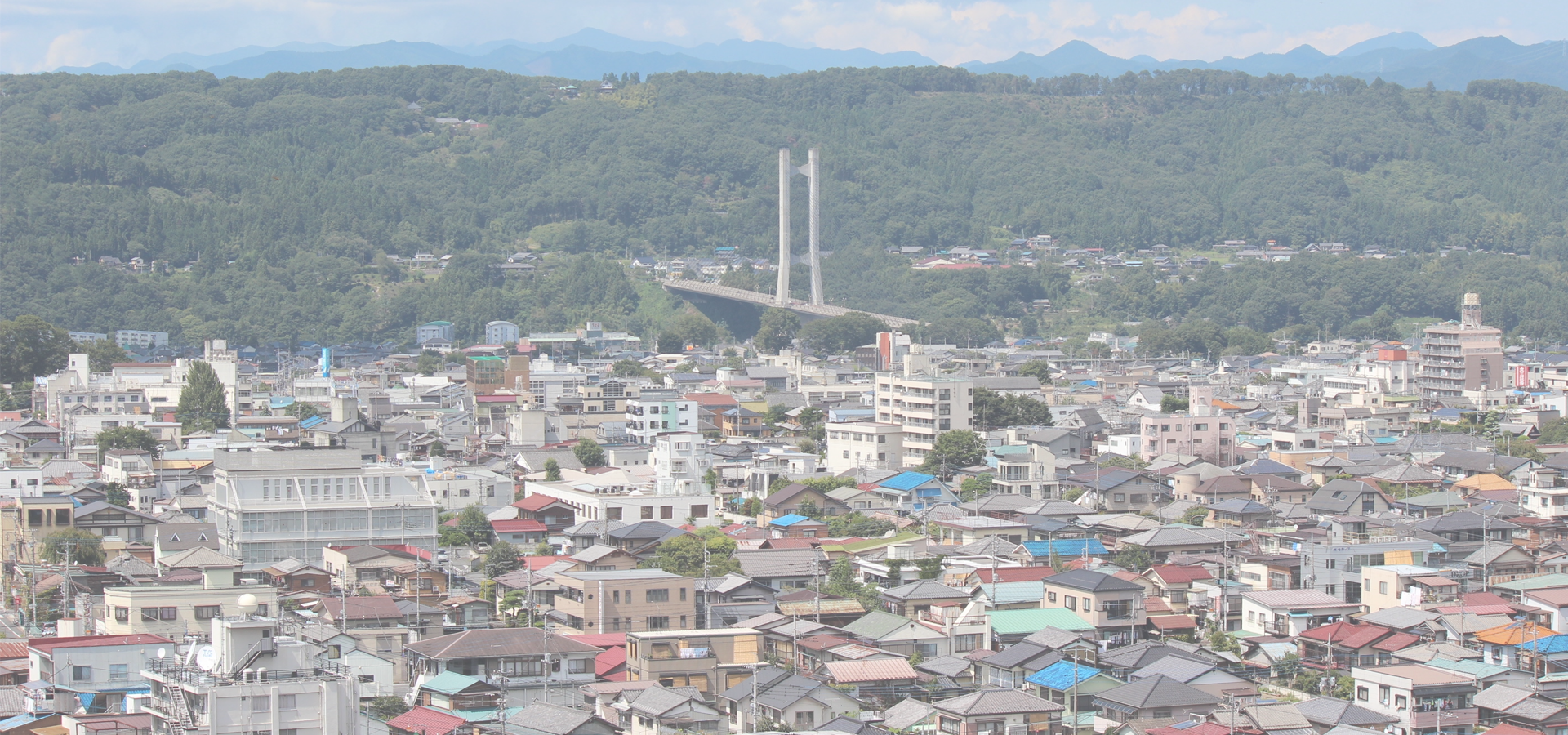Kōnosu, Saitama Prefecture, Kantō Region, Japan
🇯🇵 Kōnosu (鴻巣市, Kōnosu-shi) is a city located in Saitama Prefecture, Japan. As of 1 January 2021, the city had an estimated population density of 1700 persons per km². The total area of the city is 67.44 square km (26.04 square miles).
Geography Located in east-central Saitama Prefecture, Kōnosu is on the central reaches of the Arakawa River, which flows through the west of the city, whereas the Motoara River flows from the south-eastern to central portion.
Surrounding municipalities Saitama Prefecture • Kitamoto • Okegawa • Kumagaya • Gyōda • Yoshimi • Kazo • Kuki
Demographics Per Japanese census data, the population of Kōnosu has recently plateaued after a long period of growth.
History In ancient times, the area around Kōnosu was the centre of Musashi Province and there are many kofun burial mounds. The area was a favored falconry site by the Tokugawa shoguns during the Edo period and was also the location of Kōnosu-shuku, a post station on the Nakasendō highway.
The town of Kōnosu was created within Kitaadachi District, Saitama with the establishment of the modern municipalities system on April 1, 1889. On July 1, 1954, Kōnosu annexed the neighboring villages of Mida, Tamamiya, Mamuro and Kasahara (from Kitasaitama District). On September 30, 1954 Kōnosu annexed the village of Jōkō, and was elevated to city status. On October 1, 2005 the villages of Kawasato and Fukiage were also annexed.
Government Kōnosu has a mayor-council form of government with a directly elected mayor and a unicameral city council of 26 members. Kōnosu contributes two members to the Saitama Prefectural Assembly. In terms of national politics, the city is divided between the Saitama 6th district and Saitama 12th district of the lower house of the Diet of Japan.
Economy Plastics and electronic components manufacturing are the largest industries in Kōnosu. Flower gardening and rice cultivation are also popular, and Kōnosu is also the main production centre for traditional dolls used in the Hinamatsuri festival. The city is also increasingly becoming a commuter town for the Tokyo Metropolis.
Education Kōnosu has 19 public elementary schools and eight public middle schools operated by the city government, and three public high schools operated by the Saitama Prefectural Board of Education. The prefecture also operates one special education school for the handicapped.
Previously the city housed a Brazilian school, Centro Educacional Canarinho.
Transportation
Transport: Rail JR East – Takasaki Line • Kōnosu – Kita-Kōnosu – Fukiage.
Transport: Road • National Route 17.
Local attractions Kōnosu earned the nickname "Doll Town" for its many "Hina Ningyō" (a type of Japanese doll) factories. Kōnosu is also called "Flower town". It has several flower markets, and many flowers purchased in Tokyo and throughout the Kantō region are grown in Kōnosu.
Festivals • Sakura Matsuri • Natsu Matsuri (Summer Festival) • Ootori Matsuri (autumn) • Ojuya (November 13 to November 15) • Shishimai (August 18) • Mato Matsuri (January 12).
Asia/Tokyo/Saitama

Kōnosu has a population of over 117,995 people. Kōnosu also forms part of the wider Saitama Prefecture which has a population of over 1,324,854 people.
To set up a UBI Lab for Kōnosu see: https://www.ubilabnetwork.org Twitter: https://twitter.com/UBILabNetwork
🇺🇸 Broken Arrow 36.053
🇩🇿 Bordj Bou Arréridj 36.067
🇺🇸 Porterville 36.073
🇺🇸 Greensboro 36.074
Locations Near: Kōnosu 139.513,36.0503
🇯🇵 Kitamoto 139.536,36.025 d: 3.5
🇯🇵 Okegawa 139.569,36.002 d: 7.4
🇯🇵 Gyōda 139.45,36.133 d: 10.8
🇯🇵 Higashimatsuyama 139.408,36.043 d: 9.5
🇯🇵 Ageo 139.583,35.967 d: 11.2
🇯🇵 Kazo 139.603,36.129 d: 11.9
🇯🇵 Sakado 139.434,35.946 d: 13.6
Antipodal to: Kōnosu -40.487,-36.05
🇨🇱 La Reina -33.45,-33.45 d: 19310.4
🇧🇷 Tubarão -49,-28.467 d: 18853.4
🇧🇷 Criciúma -49.372,-28.678 d: 18846.4
🇧🇷 São José -48.617,-27.6 d: 18802.5
🇧🇷 Palhoça -48.667,-27.633 d: 18802.5
🇧🇷 Biguaçu -48.667,-27.5 d: 18790.7
🇧🇷 Itapema -48.612,-27.091 d: 18757.3
🇧🇷 Viamão -51.023,-30.088 d: 18831.6
🇧🇷 Gravataí -50.983,-29.933 d: 18824.2
🇧🇷 Balneário Camboriú -48.633,-26.983 d: 18746.3